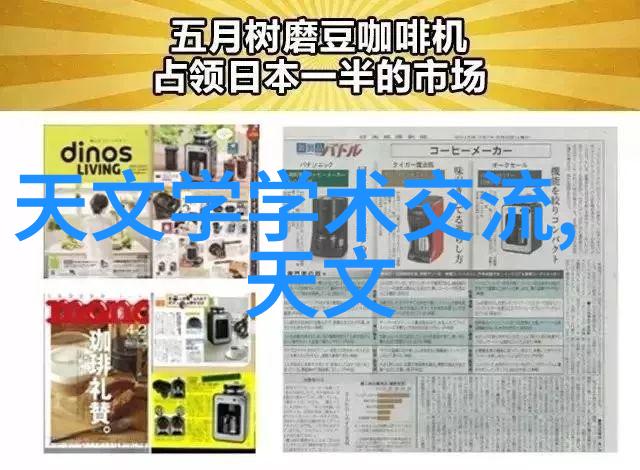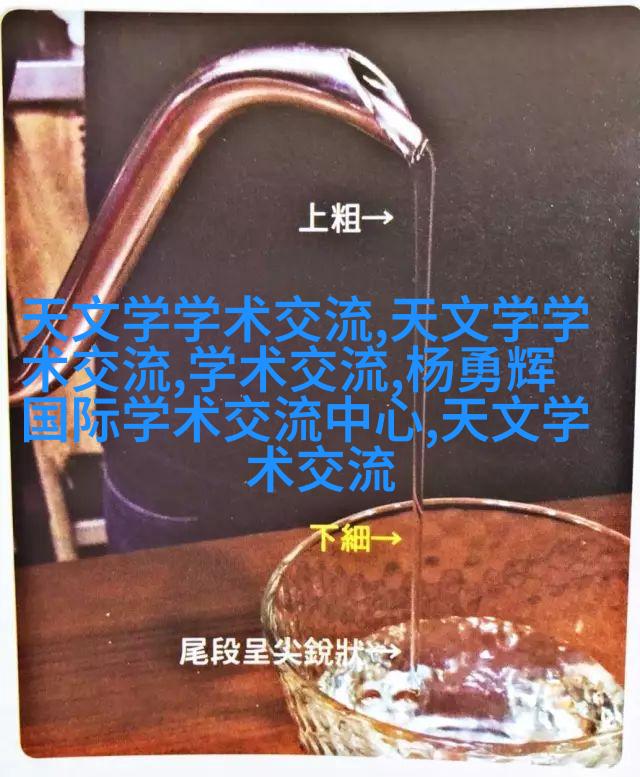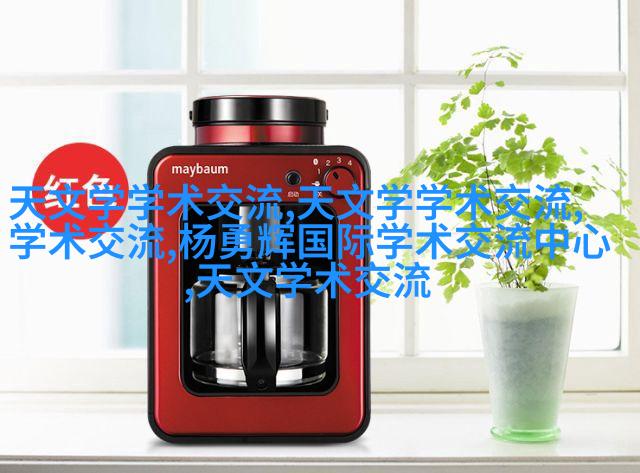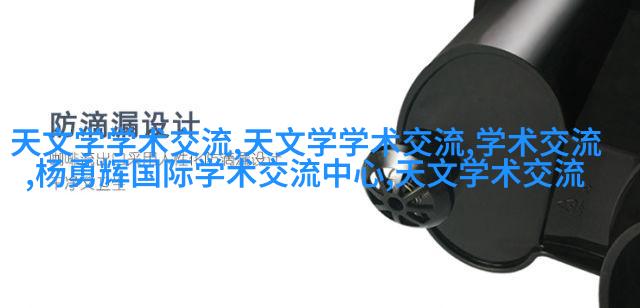我要重新表述一下关于排水管道闭水试验的内容。首先,闭水试验的范围非常广泛,包括了污水管道、雨污水合流管道以及一些特殊情况下的倒虹吸管和其他设计要求闭水的管道。对于这些管道来说,根据市政施工规程,我们必须在回填前进行闭水试验。

在进行这项试验之前,施工现场需要满足一系列条件。一开始,我们需要确保所有的管道和检查井都经过了严格的质量检验,并且外观良好,没有任何问题。此外,还需要保证两端的封堵(砖砌筑)非常牢固,不漏水,而且下游还得设置放水管和截门,以便能够承受一定压力。
同时,我们还需准备一个稳定的水源,这个源头不能影响到正常的人们用水。而最后,也得选一个不会影响周围环境的地方来排放这些测试用的 水。

接下来,我想谈谈哪些类型的排water系统适用于这个闭water试验。首先是污water系统,然后是rainwater和sewage mixed system,还有那些特殊设计要求也需要进行closed water test 的system。如果符合上述条件,那么我们就可以开始我们的closed water experiment 了。
当一切准备就绪后,我们就会按照既定的程序执行我们的test。这包括两个主要阶段:firstly, we need to fill the pipe with water until it reaches a certain level, and then record any leaks or seepage. This process should last for at least 1-2 days. Secondly, after filling up the pipe again, we start the real closed water test by measuring how much water seeps out over a period of time.

To calculate this leakage amount, we use a formula that takes into account factors such as the length of the pipe and how much water is leaked within a given timeframe (in this case 30 minutes). If our calculated leakage rate falls below a certain threshold set by regulations, then our test has passed successfully.
So there you have it - my reworded version of your original text on "The Conditions and Scope of Closed Water Testing for Sewer Pipes".




